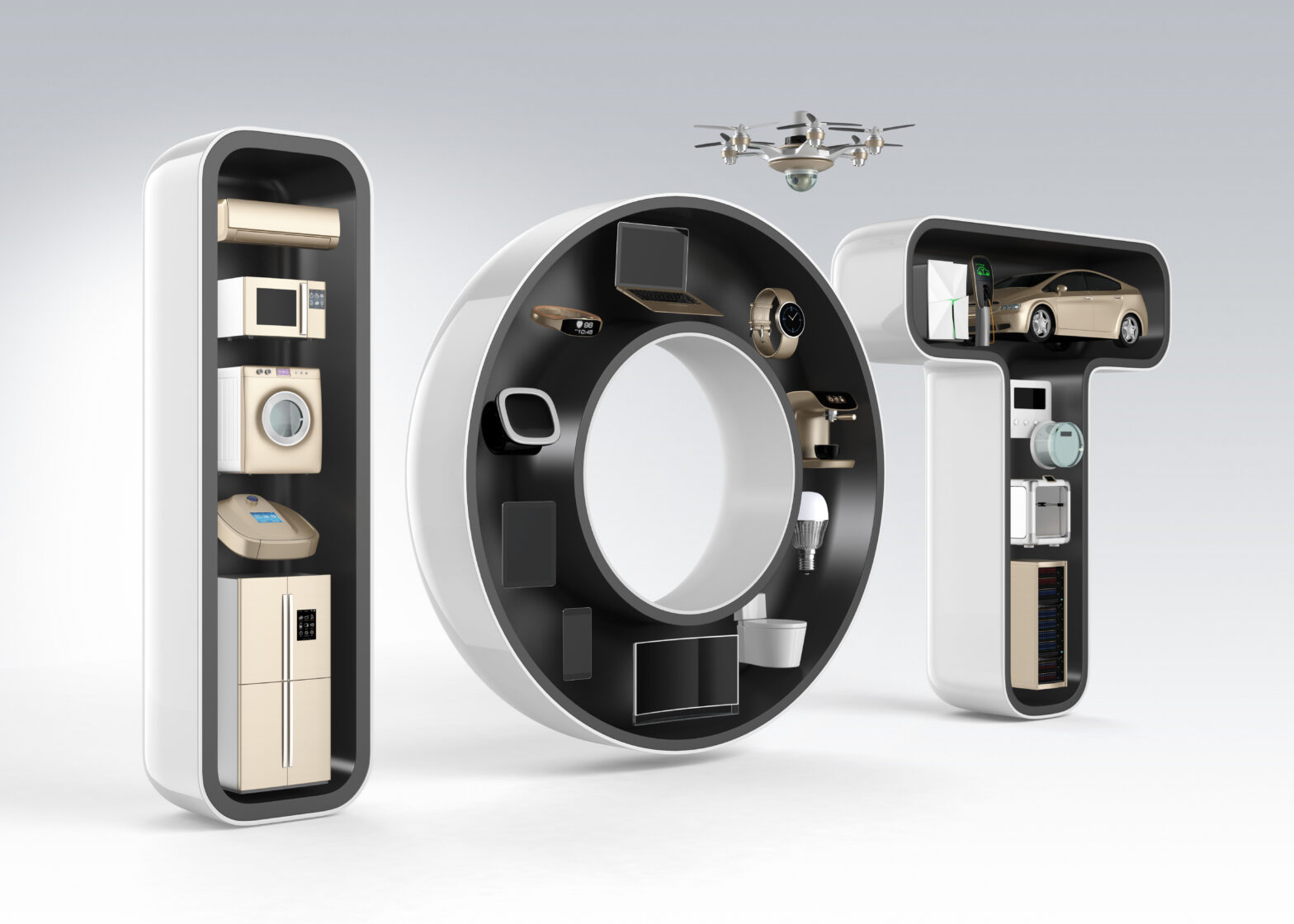It’s an exciting time for businesses that use location data. The ability to capture, process and make sense of geographic information impacts businesses in a range of industries. It enhances emergency response, helps farmers yield healthier crops and optimises site selection for roads, energy fields and other infrastructure.
Companies including Amazon and Dominos have captured headlines by painting a picture of a world where online purchases and pizzas descend from the sky to your front door on the backs of drones. In reality, this pigeonholes the capabilities drones can provide many different types of businesses.
For many organisations, drones represent an attractive option to view, capture and collect data from locations that can be too expensive or too dangerous to access by humans. Along endless miles of pipeline. On top of a mountain. Across a canyon. In the middle of an ocean.
See also: The future of connectivity and delivery
This is why the use of drones is skyrocketing. According to Gartner, 3 million drones were purchased for both consumer and enterprise use in 2017. Gartner also expects the market for drones to nearly double to $11.2 billion by 2020.
In creating a business case for drones, not even the sky is the limit. For GIS, drones should be considered part of a larger remotely piloted device category that includes rovers that travel on the ground and drone-like devices that can view and capture information under water.
But seeing photos and video captured by drones is only half the story. The capabilities of drones – in the air, underwater and on the ground – combined with Internet of Things (IoT) sensors will continue to fuel the commercial use of drones.
IoT’s ability to connect smarter homes and cities has improved quality of life for individuals and increased the bottom line for corporations. IoT connects people’s appliances, cars, medical devices, weather instruments, factories, and retail environments. According to The Boston Consulting Group, B2B spending on IoT technology will reach $267 billion by 2020.
The marriage of IoT and drones eliminates the dependency on specific locations or specific devices for placing IoT sensors, as well as monitoring, managing, and collecting data from those sensors. This combination will deliver unprecedented levels of flexibility to capture and analyse data that otherwise would have been too expensive, too dangerous, or just too impractical to otherwise collect.
>See also: Travelling smart: the future of transportation
Drones have long been used by militaries to hover over and monitor a specific target. Drones can stay in the air longer than manned aircraft and provide insights without jeopardizing safety. IoT sensors on drones increase and expand the functionality to other uses cases that require persistent monitoring over a long period of time, such as monitoring air quality conditions of areas impacted by environmental hazards.
In agriculture, a typical use for drones is to survey crop conditions. They can now be enhanced to provide up-to-the-minute information on soil quality, soil moisture levels, and the impact of evaporation, and recommend adjustments to watering and fertilising schedules.
Undersea applications for drones include monitoring water temperature and sea levels. Now, drones can capture changes in salinity levels and more accurately confirm extraordinary events such as tsunamis or provide up to the minute analysis from inside the eye of a hurricane.
The petroleum industry employs drones to monitor pipeline conditions in remote areas. With the addition of IoT, this monitoring can be expanded to determine the impact of hot spots in the pipeline or other changing environmental conditions.
For travel and transportation, it’s standard for cameras to monitor heavily traveled roads. Additional sensors can send alerts that travel conditions have become unsafe, and when they become safe again.
>See also: Smart cities predicted to get smarter in 2018
The technology exists to deliver drones with IoT capabilities today. The ultimate goal is for the combined technologies to deliver near real-time analytics on data captured over a long periods of time.
Many organisations have yet to realise this potential. In 2018, we will see more companies explore the benefits of IoT and drones with pilot projects, with a massive uptick in deployments throughout the year.
Those who don’t see this value, or consider drones as a pizza delivery gimmick, will be left at a competitive disadvantage.
Getting started with using drones with IoT doesn’t have to be expensive or complicated. Start by pulling together a small team of experts to scope out a small pilot project on how your organisation can benefit by combining IoT and drones. Build the right use cases and promote successes of initial projects to expand support across enterprise stakeholders for additional projects.
Sourced by Anthony Calamito, chief geospatial officer of Boundless, a GIS platform company










